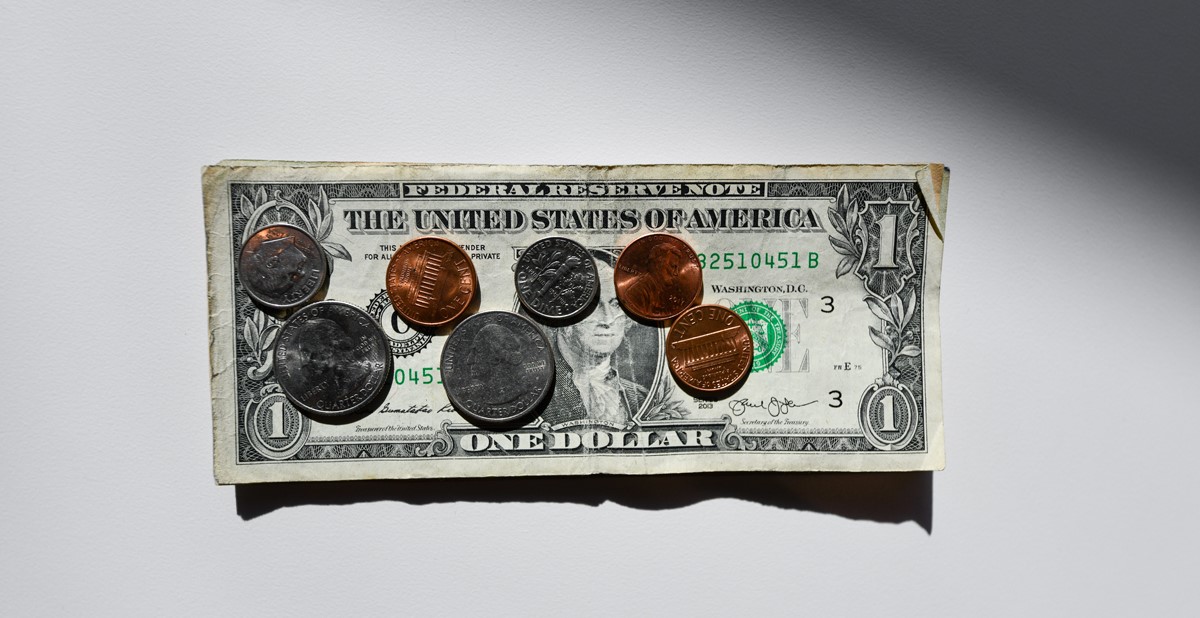Promo Point Of View: Fed To Hike Interest Rates To Combat Inflation

At its policy meeting this week, the U.S. Federal Reserve announced that it would raise interest rates for the first time since 2018 to combat rising inflation. The benchmark federal funds rate, which had been near zero, was moved up a quarter percentage point to a range between 0.25% and 0.5%. Further increases may be forthcoming.
The Situation: The U.S. economy has shown surging activity and strong job gains—the unemployment rate currently stands at 3.8 percent, according to the U.S. Bureau of Statistics—but it is also wrestling with the highest inflation rate in 40 years. The rate reflects supply and demand imbalances related to the pandemic, higher energy prices and broader price pressures. The implications of the invasion of Ukraine by Russia on the U.S. economy are uncertain, but the Fed expects that in the near term, it and related events are likely to create additional upward pressure on inflation and weigh on economic activity.
What They’re Saying: The decision was made by the Fed’s Federal Open Market Committee. Announcing the move, the FOMC said, “The committee seeks to achieve maximum employment and inflation at the rate of 2% over the longer run. With appropriate firming in the stance of monetary policy, the committee expects inflation to return to its 2% objective and the labor market to remain strong. In support of these goals, the committee decided to raise the target range for the federal funds rate to 0.25% to 0.5% and anticipates that ongoing increases in the target range will be appropriate. In addition, the committee expects to begin reducing its holdings of Treasury securities and agency debt and agency mortgage-backed securities at a coming meeting.”
Promo Point Of View: “We have seen meaningful inflation these past several months, and an increase in interest rates makes a lot of sense,” says Marc Simon, CEO of distributor HALO. “The Fed suggests we should expect seven quarter point increases each of the next seven quarters. If the Fed is able to maintain that pace while cooling off our rate of inflation, they will have done a good thing and we should not feel it to a significant extent. But inflation might remain persistently high and the Fed may have to do more, sooner than they prefer.”
Outcomes:
- The markets reacted on Wednesday to the Fed’s announcement. The S&P 500 climbed 0.5% on the day;the benchmark 10-year U.S. Treasury rose to 2.230% from 2.188%; oil prices eased, with the benchmark Brent Crude slipped to $95.36 per barrel from $95.80 earlier, and reflecting a strengthening U.S. dollar, the WSJ Dollar Index, which measures it against a basket of 16 currencies, rose to 91.80, having been at 91.62 immediately prior to the announcement.
- Looking ahead, in its 2022 inflation outlook, the Fed expects overall U.S. inflation to reach 4.3% this year, easing to approximately 2.6% in 2023. The 2022 forecast is ahead of the 3.5% that many economists had been anticipating.

